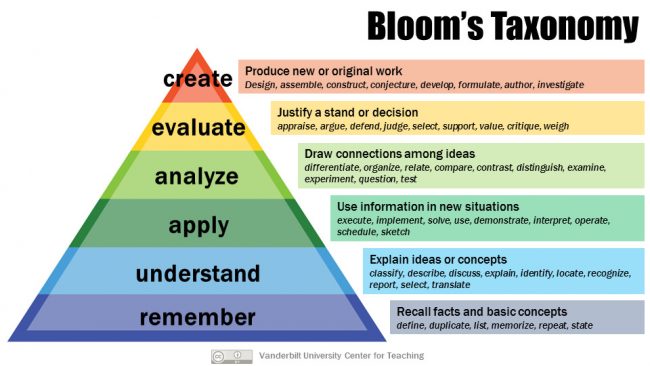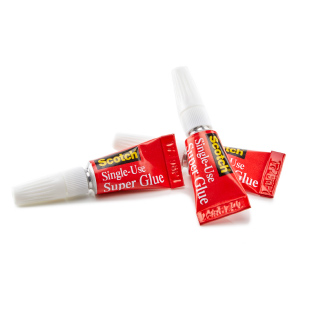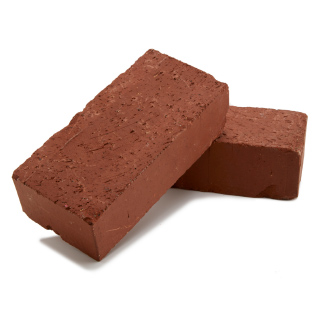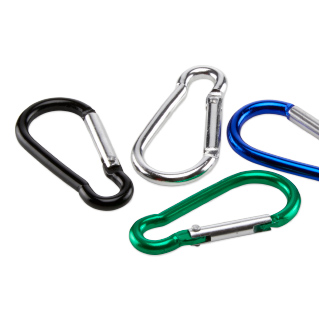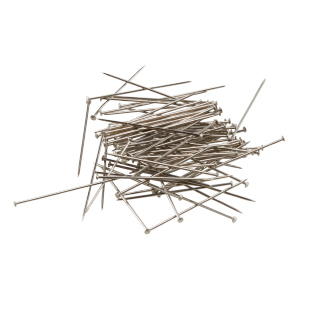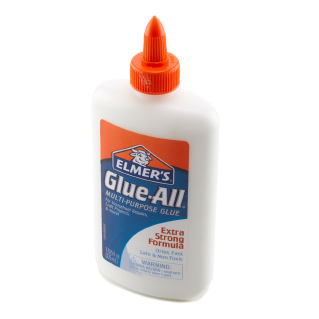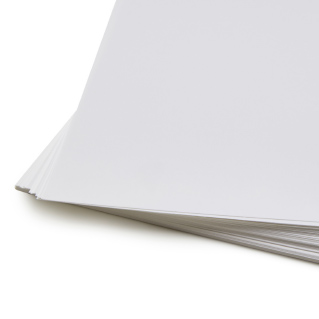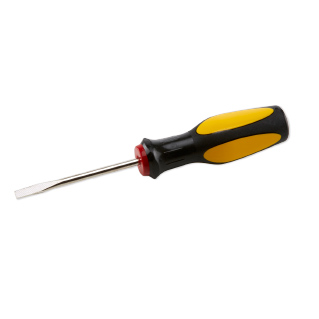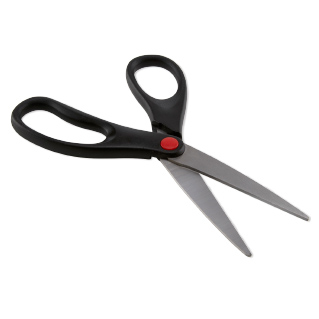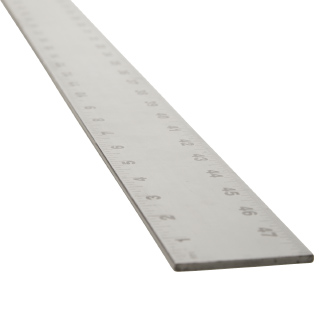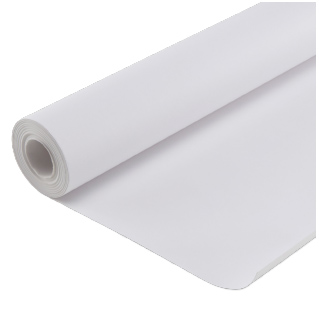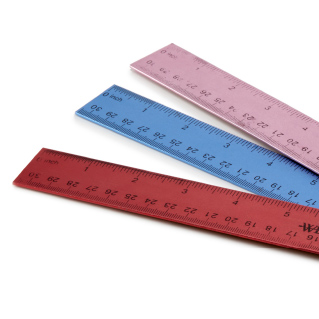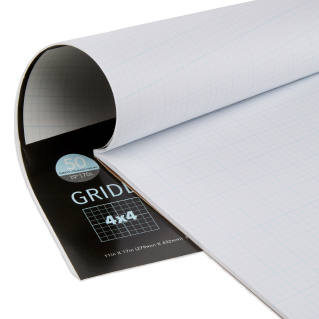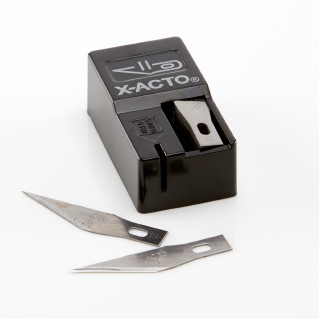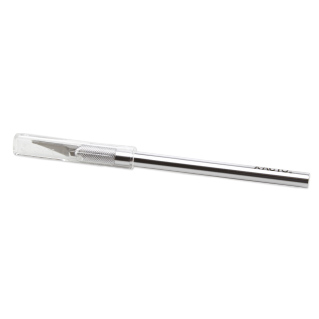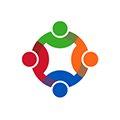The Student Impact Project (SIP) brings professional engineers and designers to lead, teach, and engage students in the design and creation of scale model bridges. Emphasizing learning across STEAM-related fields (Science, Technology, Engineering, Arts, and Mathematics), our project-based program encourages students to collaborate as they would in a real-world work environment. The importance of both functional and creative components are emphasized throughout the SIP.
The fully developed curriculum is presented to high school students by our industry volunteers over a ten-week period from February to April. Volunteers lead classes and share knowledge of their field while exposing students to engineering, design, and construction-related concepts and careers. This format gets students more engaged by working with professionals on a real project that results in a tangible outcome.
The cumulative experience transforms the educational process, promoting a broader scope of academic and personal development.
Our programs are currently at high schools throughout the San Francisco Bay Area and in several cities across the nation. We’re working hard to expand the Student Impact Project to more regions throughout the country. If you’re interested in bringing our program to your city or school, learn more about our expansion efforts.
Student Impact Project Curricular Alignment
General Aspects of the Student Impact Project
- Project-based learning
- Students work as teams, requiring collaboration and problem solving
- Introduction to engineering concepts with hands-on testing and investigation of technical principles
- Interdisciplinary learning includes math, design and language arts
- Information on STEAM-based career paths and courses of study
- In-classroom mentorship and instruction from industry professionals
Activates highest echelons of Bloom’s Taxonomy –
Higher Order Thinking Skills
- Creation
- Evaluation
- Analysis
Alignment with foundational Practices for Mathematics Standards
- Make sense of problems and persevere in solving them
- Reason abstractly and quantitatively
- Construct viable arguments and critique the reasoning of others
- Model with mathematics
- Use appropriate tools strategically
- Attend to precision
- Look for and make use of structure
- https://www.cde.ca.gov/be/st/ss/documents/ccssmathstandardaug2013.pdf
Alignment with English Language Arts Standards
- Research to build and present knowledge
- Prepare for and participate effectively in a range of conversations and collaborations with diverse partners, building on others’ ideas and expressing their own clearly and persuasively
- Integrate and evaluate information presented in diverse media and formats, including visually, quantitatively, and orally
- Present information, findings, and supporting evidence such that listeners can follow the line of reasoning and the organization, development, and style are appropriate to task, purpose, and audience
- https://www.cde.ca.gov/be/st/ss/documents/finalelaccssstandards.pdf
Alignment with Engineering Design Standards
- Analyzing challenges and identifying criteria and design constraints
- Developing solutions to engineering challenges
- Evaluating potential solutions to engineering challenges
- Modeling proposed solutions to a complex real-world problem with numerous criteria and constraints
- https://www.cde.ca.gov/pd/ca/sc/documents/cangsshsengdesign-dci.pdf
Alignment with Career Technical Education Standards for Architecture & Engineering
- Apply appropriate technical skills and academic knowledge
- Communicate clearly, effectively, and with reason
- Utilize critical thinking to make sense of problems and persevere in solving them
- Act as a responsible citizen in the workplace and community
- Work productively in teams while integrating cultural and global competence
- Demonstrate creativity and innovation
- Understand the environmental, social, and economic impacts of decisions
- https://www.cde.ca.gov/ci/ct/sf/documents/enginearchit.pdf
